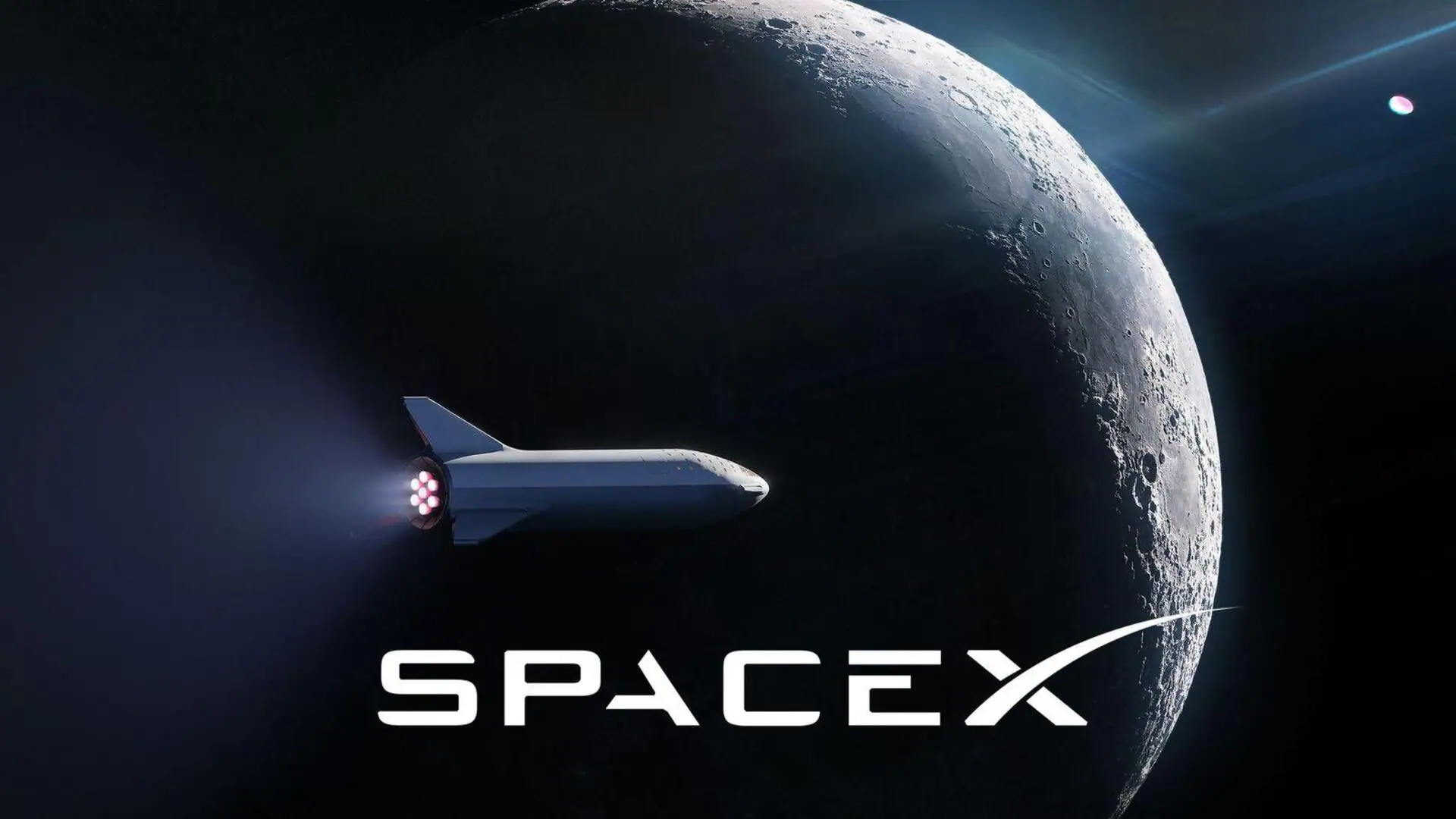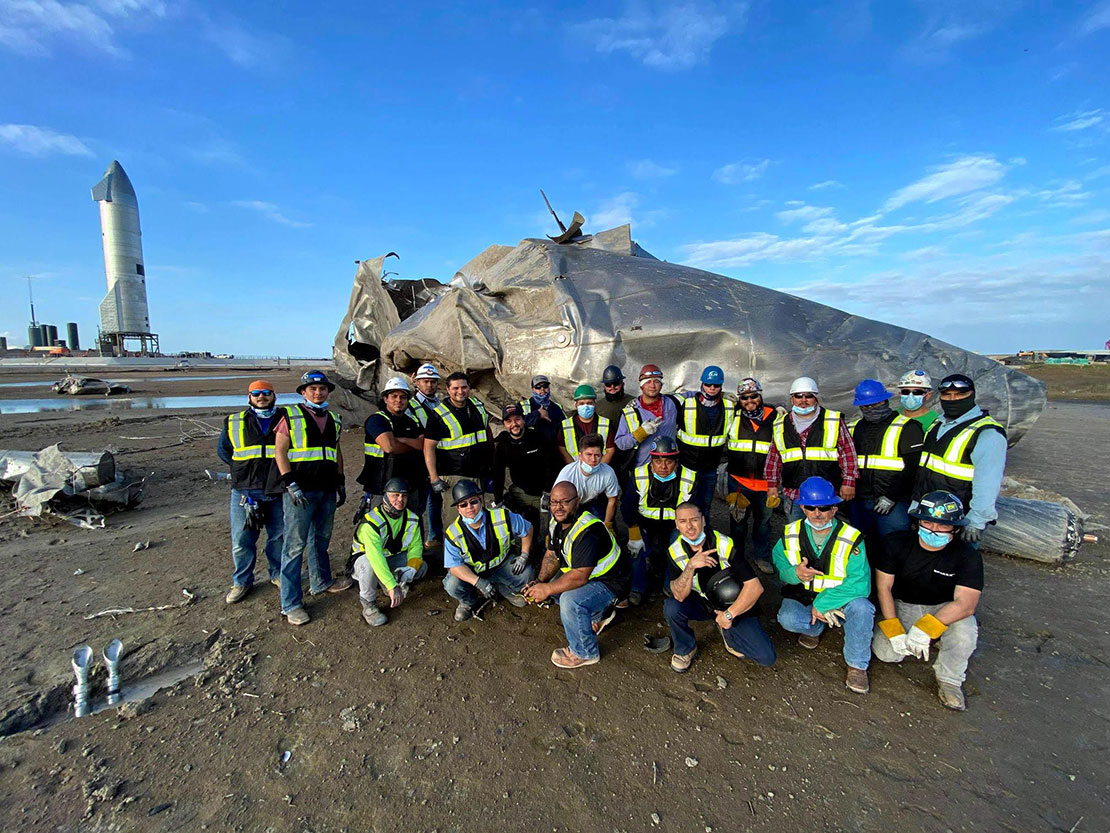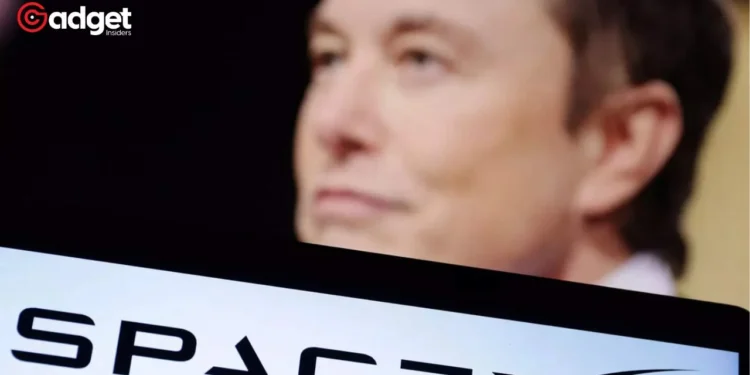In a recent development that sheds light on the complex interplay between innovation, productivity, and worker safety, Elon Musk’s, SpaceX finds itself under scrutiny following a series of incidents that have raised serious concerns about its safety protocols.
The U.S. worker safety officials’ decision to fine Elon Musk’s space venture, SpaceX, after an accident that led to a “near amputation” of a worker’s foot, is just the tip of the iceberg in what appears to be a pattern of safety oversights at the company.

Elon Musk’s SpaceX: The Incident That Sparked Concern
The fine of $3,600 levied on SpaceX this month by U.S. worker safety officials, after an accident at its Washington state site, highlights a critical incident that resulted in severe injury. According to inspection records, the mishap involved a roll of material falling and crushing a worker’s foot, leading to a near amputation. This incident, however, is part of a larger narrative of safety concerns at SpaceX.
A Pattern of Safety Oversights
A Reuters investigation into the space company’s safety record uncovered a worrying trend of disregarded worker-safety regulations and standard practices at its facilities nationwide. The investigation, which involved interviews and government records, documented at least 600 previously unreported injuries of SpaceX workers since 2014.
Among these were particularly grievous incidents, including the death of one worker and another left in a coma following a 2022 rocket engine malfunction.
Oh look. Elon Musk filed to move #SpaceX corp from Delaware to Texas.
Probably fine. It’s not like he can better hide misdeeds here in corrupt Texas where his cos already break laws that protect worker safety & civil rights & the environment—with impunity.https://t.co/kyia6KCkh0— Vicki Bryan’s Bond Angle (@VickiBryanBondA) February 15, 2024
Despite repeated attempts, SpaceX has not responded to inquiries about these incidents, including the recent safety fine. This silence raises questions about the company’s commitment to worker safety and its responsiveness to regulatory scrutiny.
Inspection Findings and Company Response
Inspectors from Washington state’s Department of Labor and Industries, acting on worker complaints, discovered new safety violations at SpaceX’s Redmond, Washington, site. The inspection records revealed a lack of a “thorough safety program,” inadequate communication of work rules, and a system to “correct violations.”
Notably, the incident leading to the fine was described as a result of inadequate safety measures, with employees not required to wear steel-toe shoes despite an increase in the weight of materials they handled.
SpaceX’s management assured state inspectors that the incident was a one-time occurrence and that corrective measures were implemented. However, inspectors found evidence to suggest that safety considerations were secondary to productivity goals at the site.
One employee’s testimony highlighted a deliberate setup of machinery to increase production at the expense of safety, a claim that further underscores the challenges faced in balancing operational efficiency with worker protection.
Regulatory Challenges and the Bigger Picture
The situation at the space company is indicative of broader challenges in enforcing worker safety, especially in industries pushing the boundaries of innovation and productivity. Experts in U.S. worker safety point out that fines are often too low to deter major companies from neglecting safety regulations.
Additionally, federal and state regulatory bodies face challenges due to understaffing, limiting their ability to conduct thorough inspections and enforce safety standards effectively.

NASA, which has engaged with the space company as a private space contractor to the tune of more than $11.8 billion, has remained silent on these safety concerns. The space agency’s reluctance to comment on SpaceX’s safety record, coupled with the ongoing negligence lawsuit filed by the wife of the worker in a coma, paints a complex picture of the challenges facing private space exploration ventures.
Moving Forward
As the space company continues to push the boundaries of space exploration, the incidents at its facilities serve as a stark reminder of the importance of maintaining a balance between innovation and safety. While the pursuit of space exploration has captivated the imagination of many, it is imperative that companies like SpaceX also prioritize the well-being of those who make these ambitious projects possible.
The recent fine and the history of safety incidents at SpaceX are a call to action for stronger regulatory oversight, more transparent company policies on worker safety, and a renewed focus on creating a culture that values safety as much as it does innovation.










